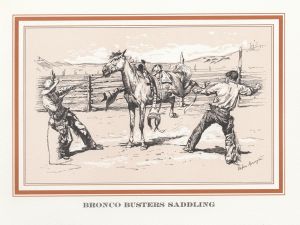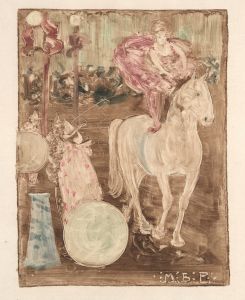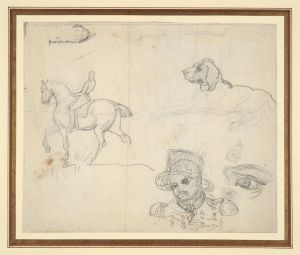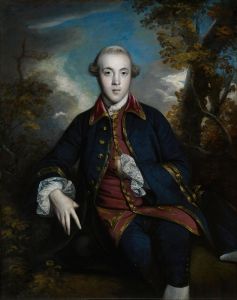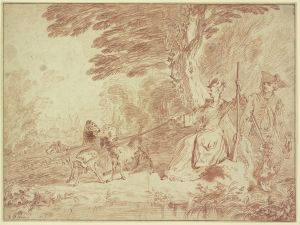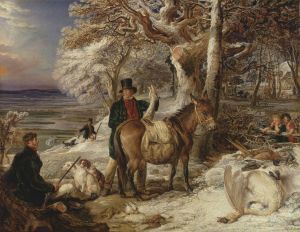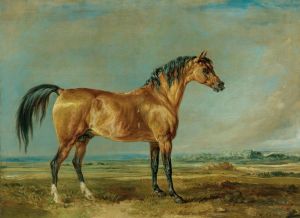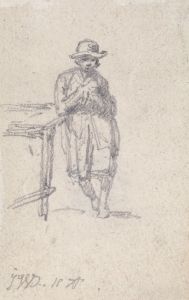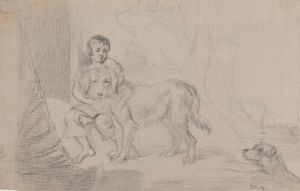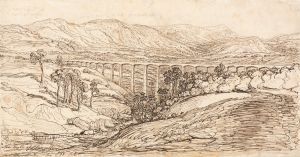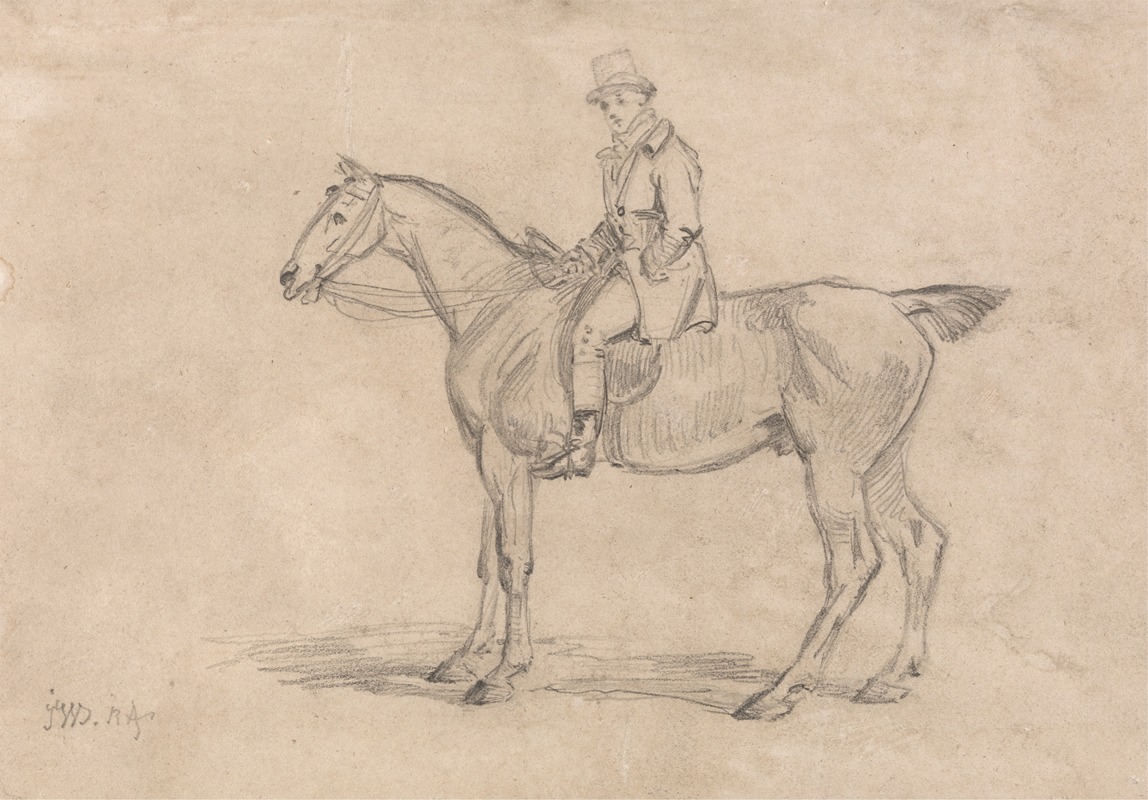
Ralph John Lambton on His Hunter, ‘Undertaker’
A hand-painted replica of James Ward’s masterpiece Ralph John Lambton on His Hunter, ‘Undertaker’, meticulously crafted by professional artists to capture the true essence of the original. Each piece is created with museum-quality canvas and rare mineral pigments, carefully painted by experienced artists with delicate brushstrokes and rich, layered colors to perfectly recreate the texture of the original artwork. Unlike machine-printed reproductions, this hand-painted version brings the painting to life, infused with the artist’s emotions and skill in every stroke. Whether for personal collection or home decoration, it instantly elevates the artistic atmosphere of any space.
James Ward's painting "Ralph John Lambton on His Hunter, ‘Undertaker’" is a notable example of early 19th-century British equestrian portraiture. James Ward (1769–1859) was a prominent English painter and engraver, renowned for his animal paintings and landscapes. His works are celebrated for their meticulous attention to detail and vibrant use of color, which are evident in this particular painting.
The subject of the painting, Ralph John Lambton, was a member of the prominent Lambton family, known for their influence and status in British society. Ralph John Lambton (c. 1767–1844) was a British politician who served as a Member of Parliament for the City of Durham. He was part of a family that had significant political and social influence during the 18th and 19th centuries. The Lambtons were known for their involvement in politics and their contributions to the cultural and social life of the time.
In the painting, Lambton is depicted mounted on his hunter horse, named ‘Undertaker’. The choice of subject reflects the popularity of equestrian portraits among the British aristocracy and gentry during this period. Such portraits were often commissioned to showcase the wealth, status, and interests of the individuals portrayed. Horses, in particular, were symbols of prestige and power, and owning a fine horse was a mark of distinction.
James Ward's skill in capturing the anatomy and spirit of animals is evident in his rendering of ‘Undertaker’. The horse is depicted with a sense of vitality and strength, showcasing Ward’s ability to convey the physical characteristics and personality of the animal. The attention to detail in the horse's musculature and the texture of its coat highlights Ward's expertise in animal portraiture.
The composition of the painting is carefully balanced, with Lambton positioned confidently on his horse, exuding a sense of control and mastery. The background of the painting is typically pastoral, a common feature in Ward's works, which often included elements of the English countryside. This setting not only enhances the aesthetic appeal of the painting but also situates the subject within a broader cultural context, reflecting the romanticized view of rural life prevalent during the period.
Ward's use of color and light in the painting adds to its dynamic quality. The interplay of light and shadow on both the rider and the horse creates a sense of movement and realism. This technique was characteristic of Ward's style, contributing to the lifelike quality of his paintings.
"Ralph John Lambton on His Hunter, ‘Undertaker’" exemplifies the intersection of art, society, and culture in early 19th-century Britain. It reflects the tastes and values of the time, as well as the technical skill and artistic vision of James Ward. The painting remains a significant work within Ward's oeuvre and continues to be appreciated for its artistic merit and historical significance.





